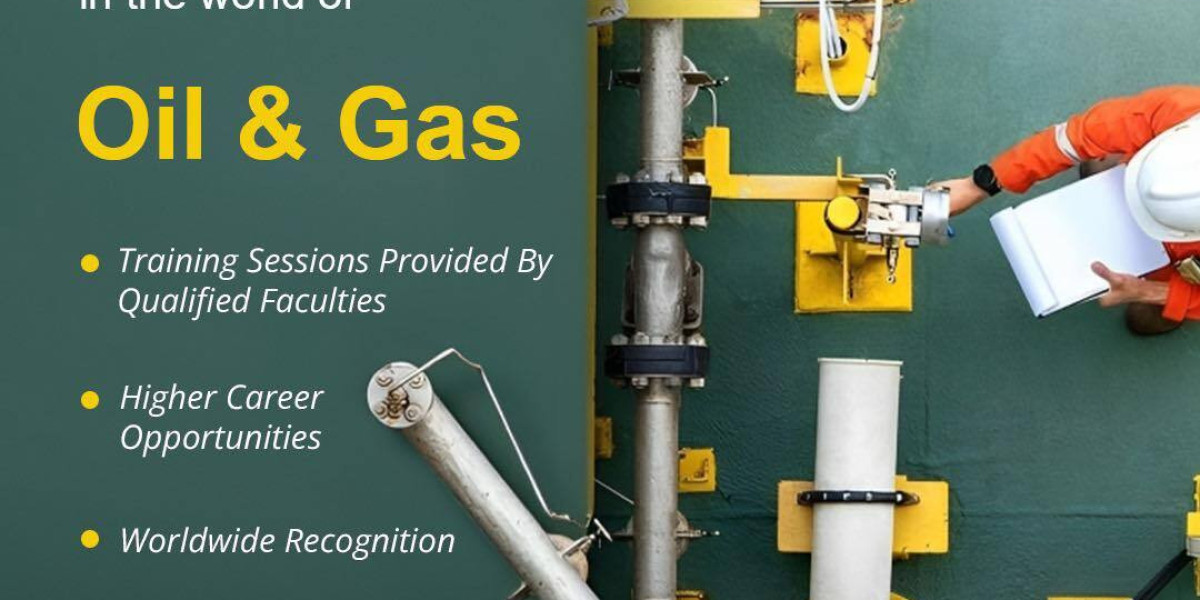The U.S. Food and Drug Administration (FDA): Protecting Public Health and Ensuring Safety
The U.S. Food and Drug Administration (FDA) is a critical agency within the U.S. Department of Health and Human Services (HHS), responsible for regulating a vast array of products that affect public health. From medications to food safety, cosmetics, medical devices, and even tobacco products, the FDA’s work is essential in ensuring that products available to the public are safe, effective, and properly labeled.
Established in 1906 under the Pure Food and Drugs Act, the FDA has grown in scope and responsibility over the years, adapting to new scientific advancements and public health challenges. Today, the FDA’s mandate is more important than ever as it faces the evolving challenges of modern medicine, biotechnology, food systems, and the increasing complexity of global supply chains.
Key Responsibilities of the FDA
The FDA’s primary mission is to protect public health by ensuring the safety, efficacy, and security of food, drugs, biological products, and medical devices. It also plays a significant role in ensuring that cosmetics, dietary supplements, and products that emit radiation meet safety standards. Additionally, the agency is tasked with regulating tobacco products, with a focus on reducing the harm caused by tobacco use.
- Drug and Biologic Regulation: One of the FDA’s most high-profile responsibilities is overseeing the development and approval of pharmaceuticals and biologics. Before any drug can be sold to the public, it must go through a rigorous approval process. The FDA reviews data from clinical trials to ensure that drugs are safe and effective for their intended use. This process includes evaluating the quality of manufacturing and labeling to ensure that patients receive accurate information.
The FDA also monitors drugs and biologics after they reach the market through post-market surveillance systems. This allows the agency to detect any unforeseen side effects or issues that may arise and take corrective action, such as issuing warnings or recalling products.
- Medical Device Regulation: The FDA is responsible for regulating medical devices, which range from simple tools like tongue depressors to complex devices like pacemakers. Similar to the drug approval process, medical devices must go through pre-market approval or clearance, depending on their risk level. The FDA evaluates the safety and effectiveness of devices and also oversees device manufacturing to ensure consistency in quality and safety.
- Food Safety and Nutrition: The FDA plays a central role in ensuring the safety of the nation’s food supply, except for meat, poultry, and certain egg products, which fall under the jurisdiction of the U.S. Department of Agriculture (USDA). The FDA sets standards for food safety, inspects food production facilities, and monitors imported food products to prevent contamination. The agency also enforces labeling regulations, ensuring that food products provide accurate information about ingredients and nutritional content.
The Food Safety Modernization Act (FSMA), passed in 2011, significantly expanded the FDA’s authority in food safety. The FSMA focuses on preventing foodborne illnesses by requiring food producers to implement preventive controls and increasing the FDA’s ability to conduct inspections and enforce compliance.
- Tobacco Regulation: Since the passage of the Family Smoking Prevention and Tobacco Control Act in 2009, the FDA has been responsible for regulating the manufacturing, marketing, and distribution of tobacco products. This includes setting standards for tobacco product ingredients, advertising restrictions, and warning labels. The agency also works to reduce tobacco use among minors and address the public health impact of tobacco-related illnesses.
- Cosmetics and Personal Care Products: The FDA oversees the safety of cosmetics and personal care products, though it does not pre-approve these products before they go on the market. Instead, manufacturers are responsible for ensuring that their products are safe. The FDA takes action when there are safety concerns, such as issuing recalls or warning letters to companies.
- Dietary Supplements: Dietary supplements are regulated differently from food and drugs, but the FDA is still responsible for ensuring that supplements are safe and properly labeled. The FDA monitors the market for products that may be mislabeled or contain harmful ingredients and can take action against companies that make false claims about the benefits of their products.
The FDA’s Role in Public Health Emergencies
The FDA plays a critical role during public health emergencies, such as the COVID-19 pandemic. In emergencies, the FDA can authorize the use of unapproved medical products or unapproved uses of approved medical products through Emergency Use Authorizations (EUAs). This process enables faster access to potentially life-saving treatments and vaccines when no adequate, approved alternatives are available.
During the COVID-19 pandemic, the FDA’s swift actions were crucial in expediting the availability of vaccines, diagnostic tests, and treatments. The agency worked closely with pharmaceutical companies, medical device manufacturers, and public health organizations to ensure that products met safety standards while speeding up the approval process.
Global Impact and International Cooperation
As global supply chains become more interconnected, the FDA’s role extends beyond U.S. borders. The agency collaborates with international regulatory authorities to ensure that imported products meet U.S. safety standards. This includes conducting inspections of foreign manufacturing facilities and working with other countries to share information about product safety and public health threats.
The FDA also plays a significant role in setting global standards for pharmaceuticals and medical devices, often working with organizations like the World Health Organization (WHO) and the International Council for Harmonisation of Technical Requirements for Pharmaceuticals for Human Use (ICH). Through these partnerships, the FDA helps establish uniform standards that protect consumers worldwide.
Challenges and Future Outlook
The FDA faces ongoing challenges, including the need to keep pace with rapid technological advancements and emerging health threats. As new areas such as gene therapy, personalized medicine, and artificial intelligence-based medical devices continue to grow, the FDA must adapt its regulatory framework to ensure safety while fostering innovation.
Moreover, the agency is tasked with managing the growing complexity of global supply chains, particularly in ensuring the safety of imported products. As consumer demands for transparency and sustainability increase, the FDA will need to continue developing regulatory approaches that address these evolving needs.
Conclusion
The us fda is a cornerstone of public health, responsible for ensuring the safety and effectiveness of a wide range of products that affect everyday life. Through its regulation of drugs, food, medical devices, cosmetics, and tobacco products, the FDA plays a pivotal role in protecting consumers and promoting public health. As challenges in public health and technology continue to evolve, the FDA’s commitment to safety, innovation, and international cooperation will remain crucial to its mission.








